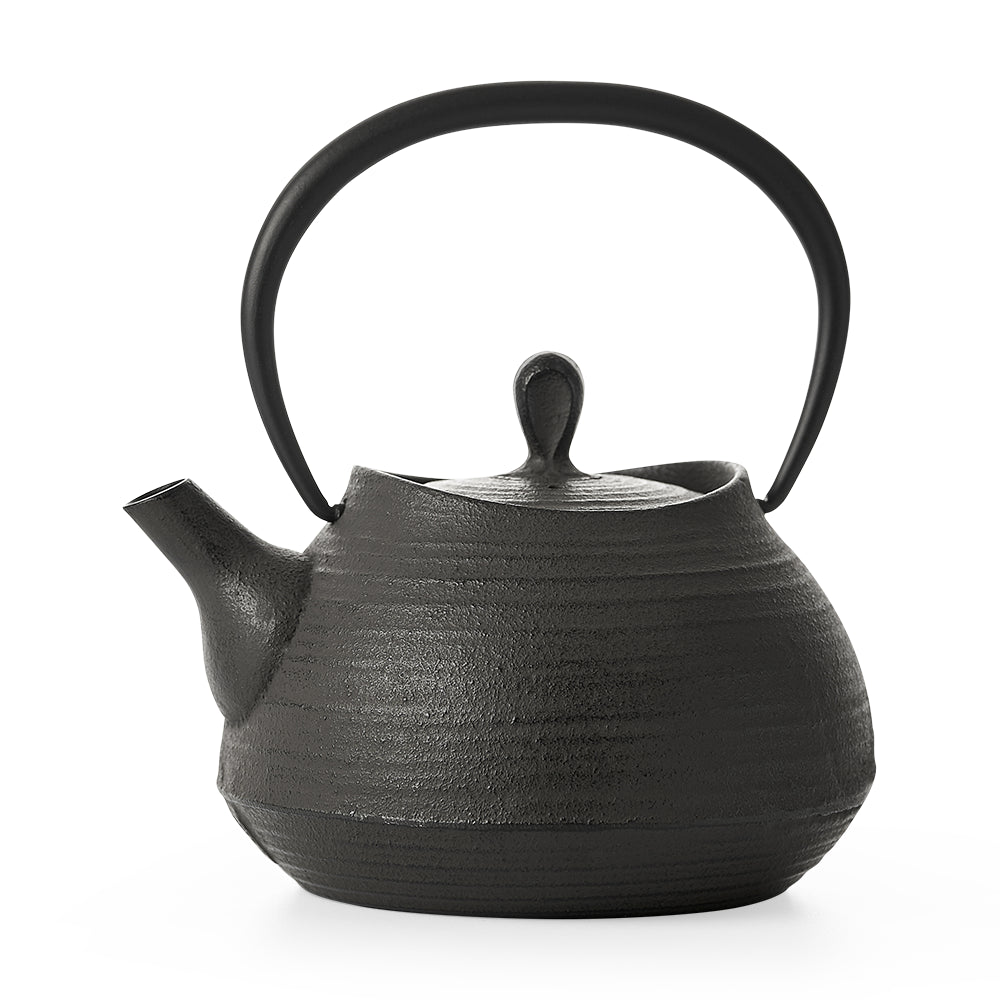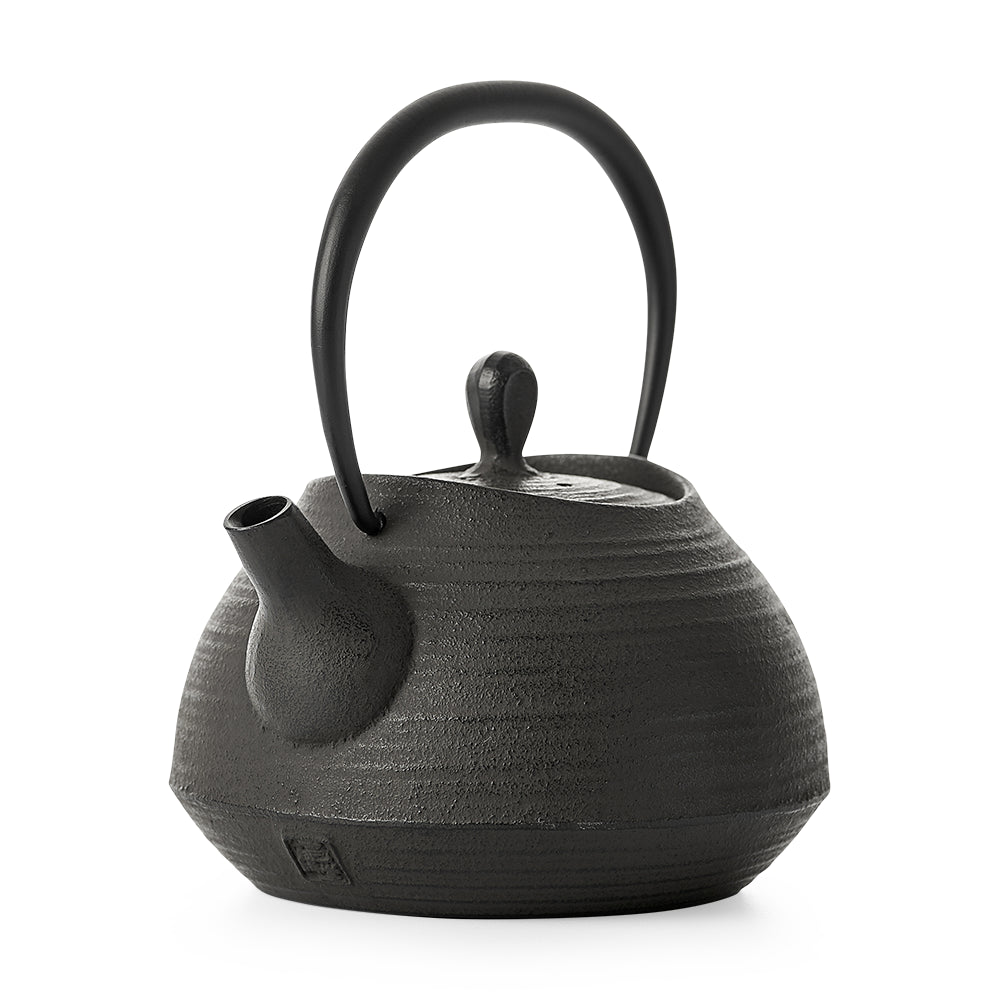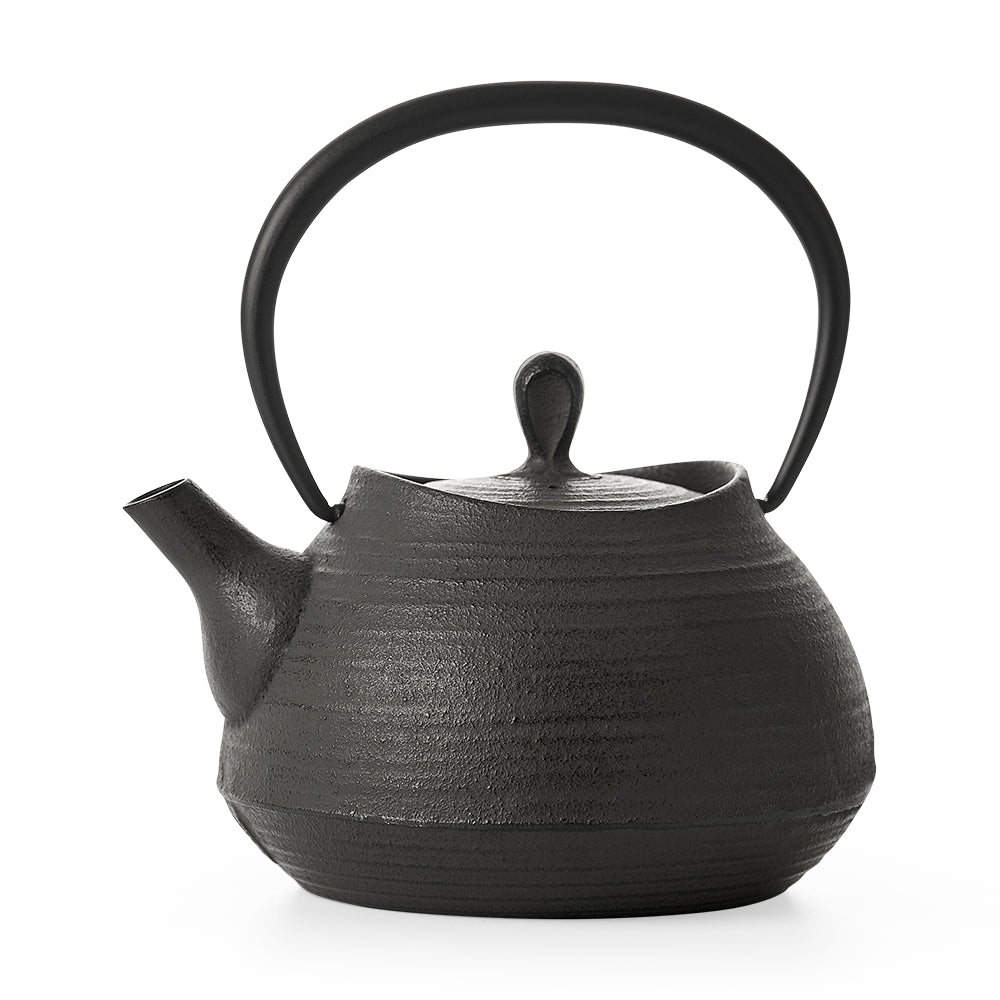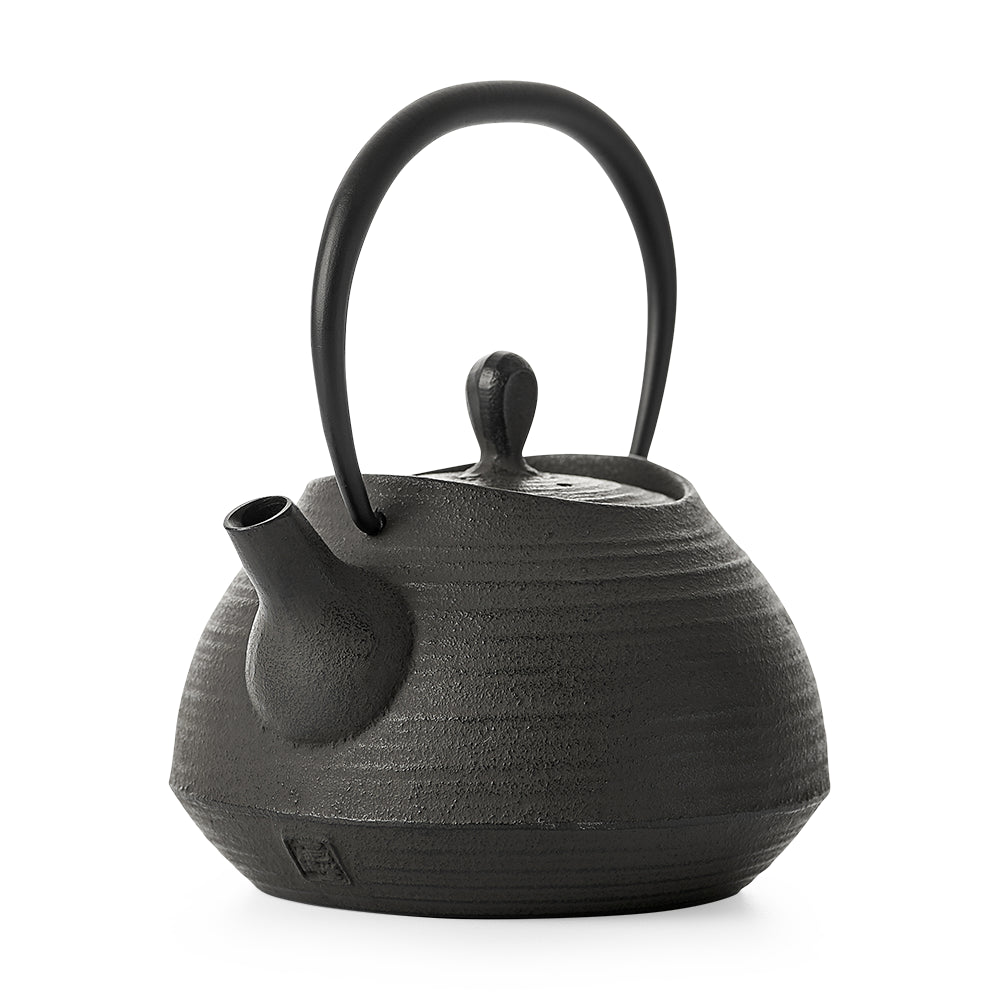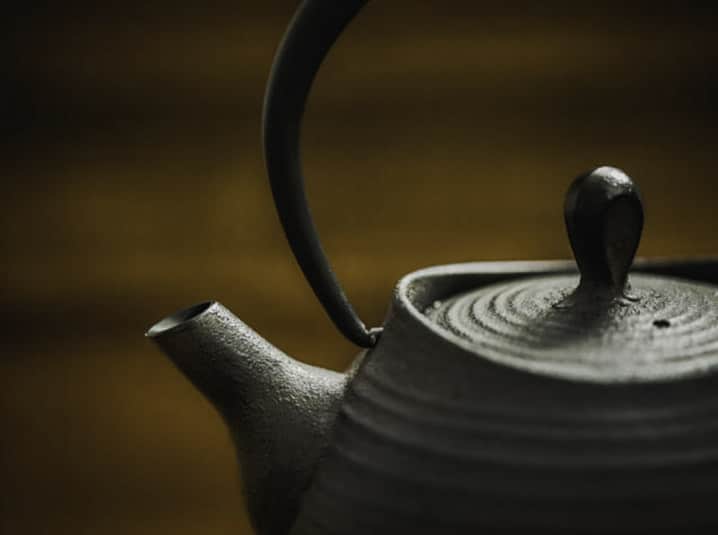
Tetsubin Teapot: A History of the Japanese Iron Kettle
While the tetsubin teapot (鉄瓶, which means ‘iron kettle’) is a common tool mentioned by Japanese tea lovers, you may be unfamiliar with its history or the appeal of using one to brew tea.
Craftsmen shape tetsubin in various sizes and designs, from simple to intricate. When made with precision, a tetsubin becomes a cherished piece, often passed down through generations. These kettles hold a rich history in Japanese culture.
We're excited to share the story behind the tetsubin, or Japanese cast iron tea kettle, and why so many tea lovers continue to use it today.

What is a Tetsubin Teapot?
A tetsubin is a Japanese cast iron kettle (or teapot) with deep roots in Japanese tea culture. To fully appreciate its history and purpose, it's essential to explore Japan’s tea traditions. Traditionally, Japanese tea culture revolved around tea ceremonies, known as chanoyu (茶の湯) or sadou/chadou (茶道).
Every aspect of a Japanese tea ceremony carries symbolic meaning, from the utensils to the ritual itself. Each tool represents peace, harmony, and hospitality. For instance, slowly boiling water in a tetsubin encourages mindfulness, patience, and care, creating a moment of quiet reflection.
While the Japanese iron kettle was later only used for outdoor chanoyu as well as for novice students learning how to perform and host a chanoyu, its history of it begins with the arrival of sencha to Japan.
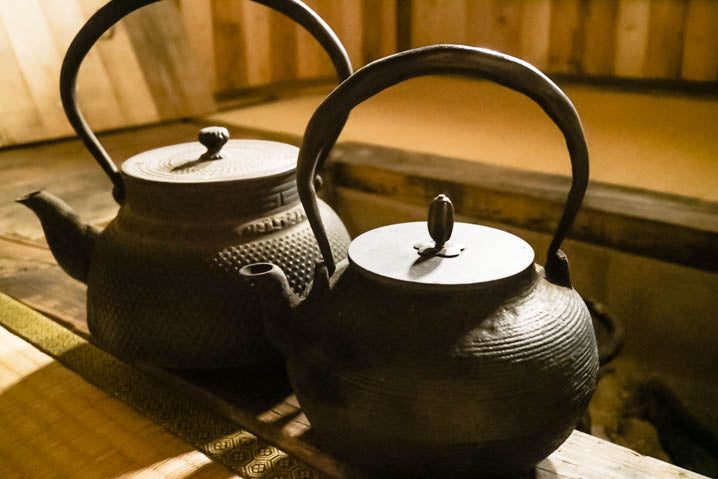
The History of Tetsubin and Its Usage
As it is not clear where the first tetsubin teapot appeared, it is speculated that the creation and usage coexisted with the popularity of sencha.
China introduced sencha drinking in the 17th century, but unlike chanoyu, it wasn’t part of formal tea ceremonies. Chanoyu remained exclusive to the ruling and wealthy upper class, while sencha became a more casual tradition, bringing friends and families together over tea.
By the 18th century, tea drinking had spread among common people. Since Chinese teaware was rare and expensive, artisans in Iwate Prefecture began handcrafting tetsubin. Many craftsmen still use these traditional techniques today.
As tetsubin gained popularity, it became a common household item in Japan. In the 19th century, designs evolved from simple to more elaborate, with intricate details increasing the price. The style of tetsubin a person owned reflected their social status, turning it into a symbol of prestige.
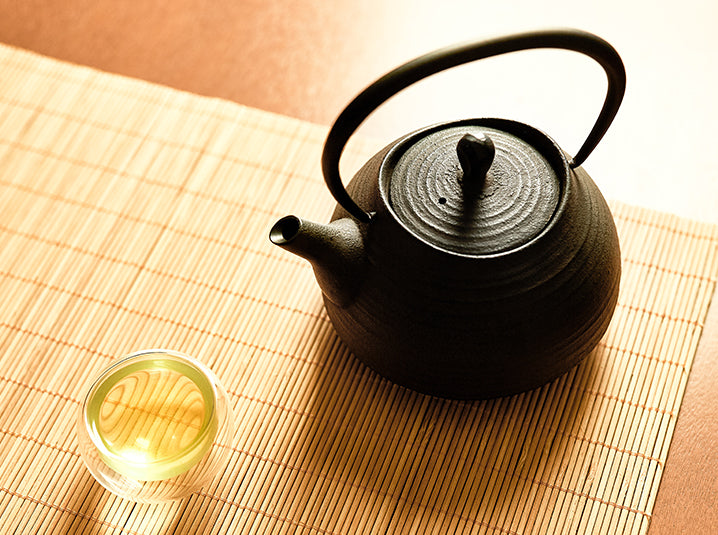
The Appeal and Usage of Tetsubin Teapot Today
While tetsubin teapot is traditionally used for boiling water only, many use it to brew tea nowadays as well. They say that the finished tea has a smoother and fuller taste due to the nutrients from the iron steeping into the water.
Another major appeal is that high-quality tetsubin teapot properly cared for can be passed down to the next generation. If you love Japanese tea, practicing the use of a tetsubin Japanese iron kettle can't instantly give you a moment of reflection. It causes us to slow down and make each cup of tea with intention, allowing us to continue practices of slow-paced living and balance.
If you want to read more articles on teaware, check them out here:
- 4 Ways to Brew Loose Leaf Tea Without and Infuser
- 3 Ways to Make Matcha Without a Whisk
- How to Use a Kyusu or Traditional Japanese Teapot
- 8 Essential Teaware Tools for Every Tea Lover
- How to Brew Green Tea with a Yuzamashi
- How to Make Matcha with a Bamboo Whisk
Share your moment with us and stay connected on:







